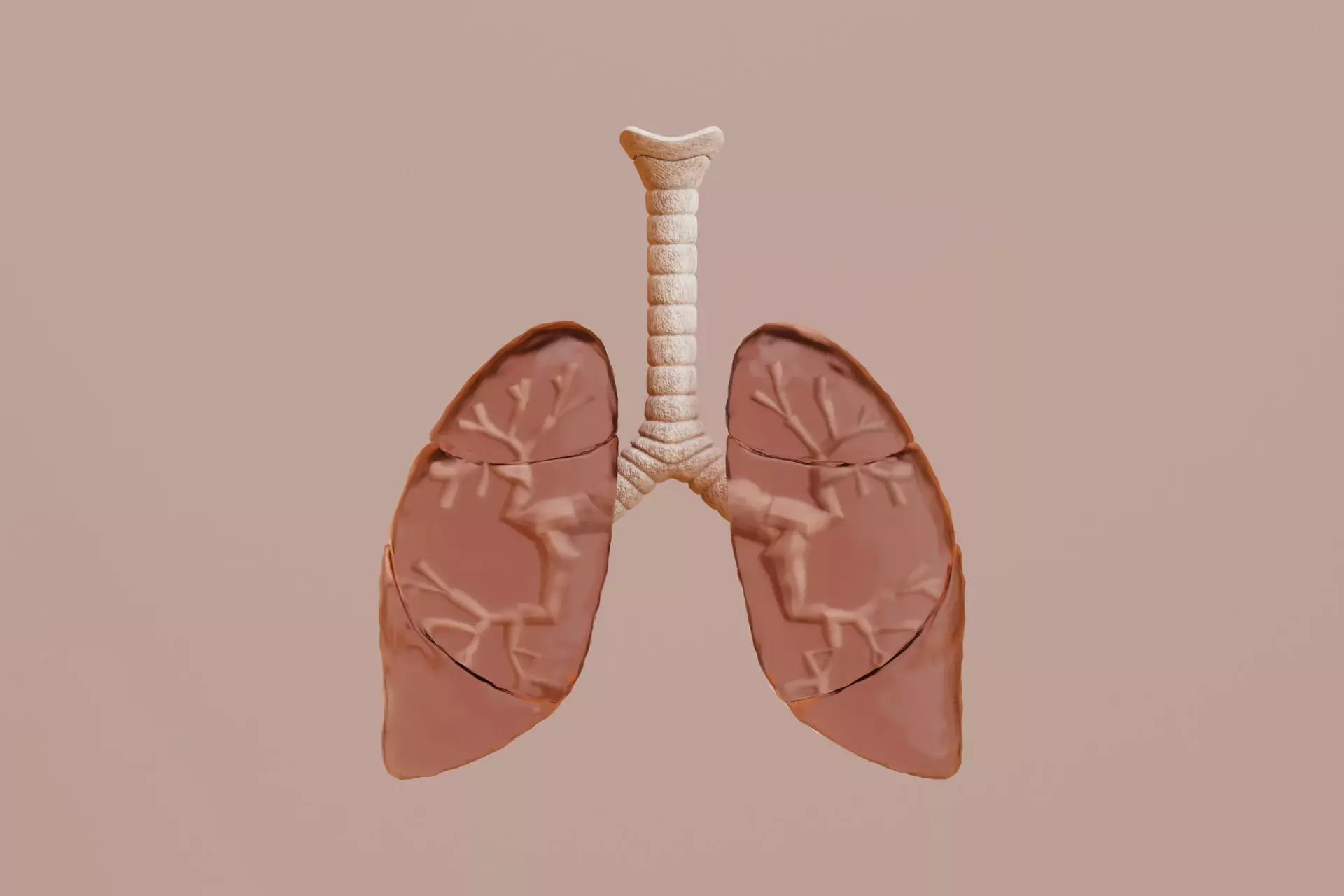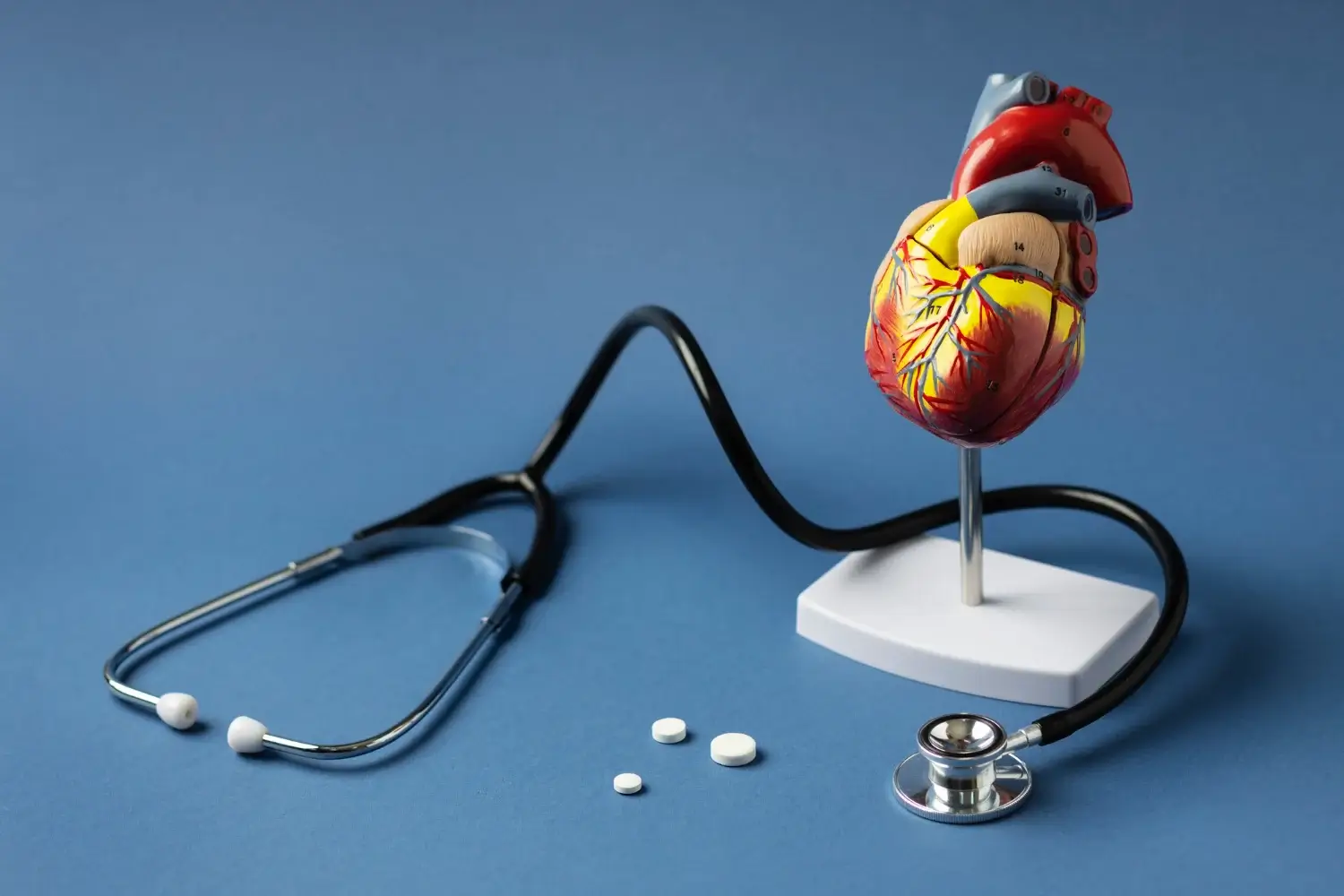Living with PTSD: Understanding the Causes and How to Manage It

Living with PTSD can feel like you’re stuck in a constant loop of fear and anxiety. It can impact every part of your life—how you think, how you interact with others, and how you cope with day-to-day activities.
But understanding the reality of living with PTSD and how to manage it is the first step toward healing. In this blog, we’ll explore what is PTSD and how you can manage it. Let’s dive in!
What is PTSD?
Post-Traumatic Stress Disorder (PTSD) is a mental health problem that develops after someone has experienced or witnessed a traumatic event. This may include events like military combat, natural disasters, accidents, or any situation that triggers intense fear or helplessness.
PTSD symptoms
While it’s normal to have stress after a traumatic event, PTSD is different because its symptoms last longer and can affect your work, relationships, and overall quality of life.
Here are some common symptoms people living with PTSD might have:
1. Re-experiencing the trauma
This is the most common symptom of PTSD. It’s when the traumatic event keeps coming back into your mind, even when you don’t want it to. This can happen in different ways, like:
-
Flashbacks that make you feel like you’re reliving the event all over again, often with physical signs like a racing heart or sweating.
-
Recurring memories or nightmares about the event that feel distressing or overwhelming.
-
Disturbing thoughts or images that just keep coming up in your mind, making it hard to focus on anything else.
Anything that reminds you of the traumatic event, whether it's certain words, situations, or objects, can trigger these re-experiencing symptoms.
2. Avoidance and emotional numbing
Avoidance is another way PTSD affects a person. You may want to stay away from anything that reminds you of the trauma, like:
-
Avoiding places, events, or objects that bring back memories of the traumatic experience
-
Trying to push away thoughts or feelings related to the event, often by distracting yourself with work or other activities
-
Avoid talking about the trauma altogether
Some people may try not to feel anything at all, which is known as emotional numbing. These symptoms might even lead to changes in your daily routines. For example, someone from an abusive relationship may struggle with dating or trusting new people.
3. Hypervigilance (Feeling “on edge”)
Another symptom of PTSD is always being alert or on edge. This can show up as:
-
Being easily startled by sudden movements or even small noises
-
Feeling upset or irritated most of the time, without any apparent cause
-
Trouble sleeping (insomnia), be it staying asleep or falling asleep
-
Anger or frustration, for no clear reason
-
Difficulty focusing on daily tasks
These symptoms can feel exhausting as if your body and mind are always in a state of stress.
4. Changes in thoughts and mood
PTSD affects how you think and feel about yourself and the world around you. These symptoms include:
-
Constantly thinking negatively about yourself, others, or the world
-
Feeling guilt or shame as if you’re responsible for the event, even if it's not your fault
-
Loss of interest in things things you once loved
-
Feeling disconnected from friends and family
-
Struggling to experience joy, happiness, or satisfaction
These emotional changes can make life feel very isolating.
5. PTSD symptoms in children and teens
Children and teenagers may experience PTSD in different ways. While older children and teens may experience symptoms similar to adults, younger children may react in other ways.
Common signs in younger children include:
-
Wetting the bed after being fully potty trained.
-
Becoming unable to talk or forgetting how to speak.
-
Re-enacting the traumatic event through play, as a way to process the experience.
-
Becoming unusually clingy to a parent or caregiver for comfort.
Older children and teens might show more aggressive behavior or struggle with feelings of guilt or anger about the event. They may also have a hard time understanding their emotions or could act out in destructive ways.
What does a PTSD attack look like?
People with PTSD may sometimes experience what’s known as a "PTSD attack". It is an intense, sudden bout of symptoms triggered by a reminder of the trauma.
Here are some signs of a PTSD attack:
-
Sweating or rapid heart rate
-
Intense feelings of fear or anger
-
Feeling disconnected or "in a fog"
-
Flashbacks or vivid memories of the traumatic event
-
Physical reactions like trembling, nausea, or headaches
Whenever you experience these signs, try deep breathing, grounding exercises, and other relaxation techniques to calm yourself.
Causes of PTSD
Experiencing trauma doesn't always result in PTSD. However, the reasons why some people develop it while others don't are still not fully understood. Experts believe it to be a mix of biological, psychological, and environmental factors.
For instance, after a trauma, your brain’s survival system may stay on high alert, keeping you constantly alert. This can cause stress hormones like adrenaline to stay high even when the danger has passed.
In addition, changes in the brain, particularly in the hippocampus, can make it harder to process traumatic memories, causing flashbacks or nightmares. Ultimately, while some people are more at risk, others can build resilience and avoid PTSD.
Risk factors of PTSD
Several factors can influence whether or not someone will develop PTSD, including their personal history, the nature of the trauma, and how they cope afterward. Here are some key factors that may increase the risk:
-
Past trauma, especially in childhood
-
Experiencing personal harm or witnessing harm to others
-
Feeling extreme fear, helplessness, or horror during the event
-
Facing additional life stresses after the trauma, such as losing a loved one, job, or home
-
Personal or family history of mental health issues or substance use
-
Lack of a strong support system afterward
The National Center for PTSD reports that women are twice as likely as men to develop PTSD.
Types of trauma that can lead to PTSD
Certain traumatic events are more likely to cause PTSD. These can include:
-
Work-related trauma
-
Death of a loved one
-
Physical or sexual assaults
-
Physical or emotional torture
-
Childhood or domestic abuse
-
Serious car crashes or industrial accidents
-
Life-threatening conditions or being in intensive care
-
Experiencing or witnessing conflict, such as in combat or during war
As per research, around 1 in 3 people who experience these types of trauma develop PTSD.
Treatment options for PTSD
Living with PTSD is quite challenging. But facing your trauma with the help of a professional can really make a difference, no matter how long it's been since the event.
Let’s have a look at some ways to manage the condition:
Assessment
Before treatment begins, you'll go through a thorough assessment to understand your symptoms. This helps create a plan that works best for you. You can start this by visiting your GP or directly referring yourself to a therapy service.
Active monitoring
If your symptoms are mild or you’ve only had them for a short time, your doctor might suggest “active monitoring.” This means the doctor monitors your symptoms closely to see if they improve on their own. Many people feel better after a few weeks without formal treatment.
Talking therapies
Talking therapies are usually the first step in treating PTSD. They help you understand and deal with your trauma in a healthy way. Some of the common approaches include:
Cognitive behavioral therapy (CBT)
This therapy helps you change the way you think and act, especially around your traumatic memories. Trauma-focused CBT involves revisiting those memories, but with support, helping you face them head-on.
Exposure therapy
This method involves gradually facing reminders of trauma in a safe space, which can reduce your fear over time.
Eye movement desensitization and reprocessing (EMDR)
In EMDR, you think about your trauma while following eye movements or sounds. It helps reduce the emotional intensity of those memories.
Medication
If talking therapies alone aren’t enough, medication can help. Doctors often prescribe antidepressants like paroxetine or sertraline to help manage symptoms. These medications help balance mood and reduce anxiety. If needed, other medications like venlafaxine may be used to improve sleep quality.
You’ll usually take these medications for at least 12 months, and your doctor will help you gradually reduce them when you're ready. It’s important to discuss any side effects or withdrawal symptoms with your doctor.
Mindfulness and stress-reduction techniques
Mindfulness techniques like meditation, breathing exercises, and even gentle yoga can also help you feel more grounded and present. These practices lower stress levels and help manage symptoms when they feel overwhelming.
Support and Resources
There are many support groups and organizations available, like Combat Stress (for veterans) and Rape Crisis (for survivors of abuse), that offer guidance and peer support for those with PTSD.
Considering PTSD treatment abroad
If you’re living with PTSD, you might know how difficult it can be to find the right support and care. Therefore, we suggest international treatment options, especially if local options are limited or costly.
Getting treatment abroad gives you access to high-quality and specialized services. Treatment in countries like Thailand, Costa Rica, Turkiye, and some parts of Europe can be affordable.
Also, when you’re dealing with a stress disorder like PTSD, changing your environment can have a soothing effect on your nerves. As a result, you feel more relaxed. Many international clinics offer unique approaches, from nature-based therapies to art therapy, that can be beneficial for trauma recovery.
At Quality Care Global (QCG), we help people find trusted PTSD treatment options worldwide, connecting them to programs that fit their needs and budget. Whether you’re looking for comprehensive care or a retreat-style experience, we make it easy to explore these options.
Ready to explore PTSD treatment abroad? Reach out to learn about how we can help you find the best options.
How to manage PTSD in relationships?
Living with PTSD can complicate relationships, but with understanding and clear communication, you can manage its effects together. Here are some ways to work on relationships while dealing with PTSD:
-
Communicate openly. Let loved ones know what’s helpful or hurtful. Explaining triggers or needs helps others understand how to support you.
-
Practice patience and understanding. Recovery takes time. It’s okay if the healing journey has ups and downs.
-
Consider therapy together. Couples or family therapy can help create a shared space to talk, learn coping strategies, and build empathy.
Thriving beyond PTSD
Living with PTSD can be tough, but with the right support and a few lifestyle changes, recovery is possible. Having people around you who understand—whether it’s family, friends, or a therapist—can make a big difference. Their support can help keep you motivated and remind you that you’re not alone.
Along with getting professional help, things like regular exercise, mindfulness, and better sleep can help reduce PTSD symptoms. It’s also a good idea to avoid alcohol and drugs, as they can make things worse. By making these changes and having a support system, you can feel stronger and more hopeful as you work toward recovery.

